Jain Temple Purulia
Jain temple Purulia has a number of Jain images, some of which are clearly those of the Jain Tirthankaras. An inscription on a stone fixed to a pillar found at this village was removed decades back and was fixed by the roadside within the court compound at Purulia.
At Boram, a large village four miles south from Jaipur railway station, there are three temples identical in design in ruins. These temples are clearly Jain in origin and have Jain images. About a mile from Boram to the south, there is another shrine where there are some images in nudity. This by itself is a substantial proof that the images are Jain. The shrine is now taken to be a Hindu temple.
The most famous and better known Jain antiquities are at the small village Pakbira, 20 miles northeast of Bara Bazar or 32 miles by Purulia-Puncha road. The Jain remains at Pakbira had attracted the attention of the Archaeological Department and J. D. Beglar of the Archaeological Survey of India mentions about the remains as follows:- Here are numerous temples and sculptures, principally Jaina; the principal ones are collected within a long shed, which occupies the site of a large temple, of which the foundations still exist, the principal object of attention here is a colossal naked figure, with the lotus as symbol on the pedestal, the figure is 71- feet high; near it, and along the walls are ranged numerous others, two small ones with the bull symbol, one smaller with the lotus, a votive chaitya sculptured on four sides, the symbols of the figures on the four sides being a lion, an antelope, a bull, and what appears to be a lamb-, over each principal human figure on the chaitya is represented a duck or a goose, holding a garland; there is, besides this, a second votive chaitya, and there may be others within the temple, which enshrined the colossal figure, must have faced west; it was very large, containing the full complement of preliminary chambers and hall in front of the sanctum. To the north of this stands a line of four stone temples, three still standing, one broken; these are of the usual single cell pattern, and the doorway is not cut up into two portions; these then, as well as the brick one just noticed were single cell temples, but at some subsequent period mandaps were added to them; they have, however, all broken leaving the facades of the temples complete, so that not only is it rather evident that they were not even bounded into the walls of the original temples; the junctions, where any exist, are quite plain; all these temples face north. North of this is another, but irregular, line of temples, five in number; of these, two are of stone and three of brick, the latter all ruined; of the stone ones, one is standing. North of this is another line of four temples, three of stone and one of brick, all in ruins. Near about the temples there are some mounds which may be the remains of either big temples or may be the remains of stupas. Jain tradition is also clearly visible, in the remains of a few big tanks and in their vicinity a few more mounds. A phased and scientific excavatior is almost sure to reveal many more Jain antiquities even now. A large number of images were seen at Pakbira left half buried. One of the images is 5 cubits high and is that of Bahubalji. A Bahubalji image in this part of the country shows the great influence that Jainism had on the area once.
These images are rare in Northern India. The image of Bahubalji is now well besmeared with oil and Vermillion owing to its worship by the Hindus as Bhaironath. A number of images lying scattered include - Parsvanath, Mahavir, Padmavati and Rishavdev. The images are apparently ancient and some of the carvings are superb. It is possible that some of the images are 2,000 years old.
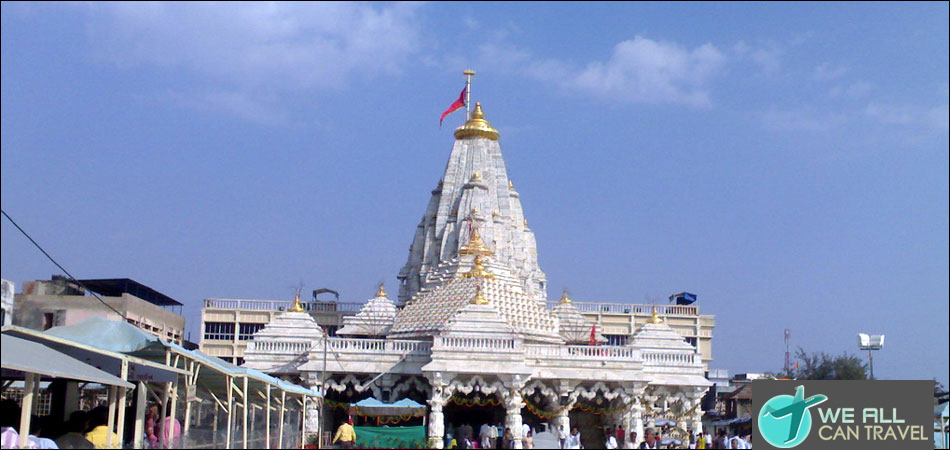 >> Ambaji Temple
>> Ambaji Temple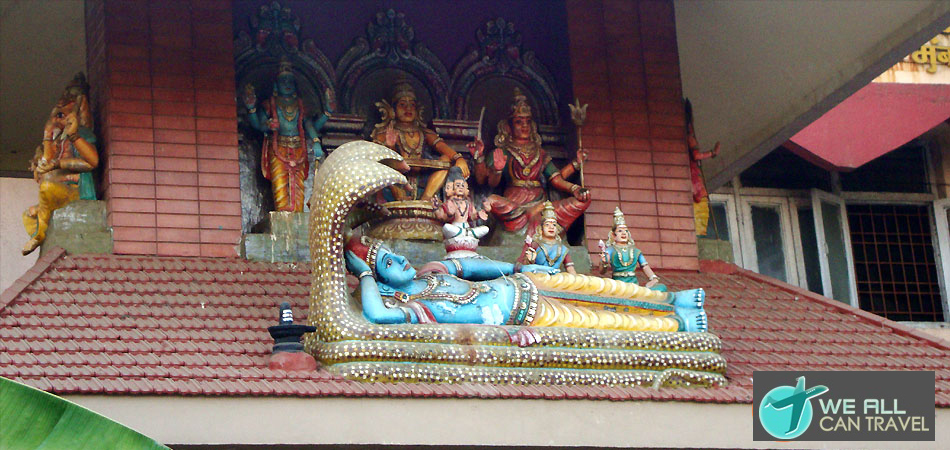 >> Ayyappa Seva Samgham
>> Ayyappa Seva Samgham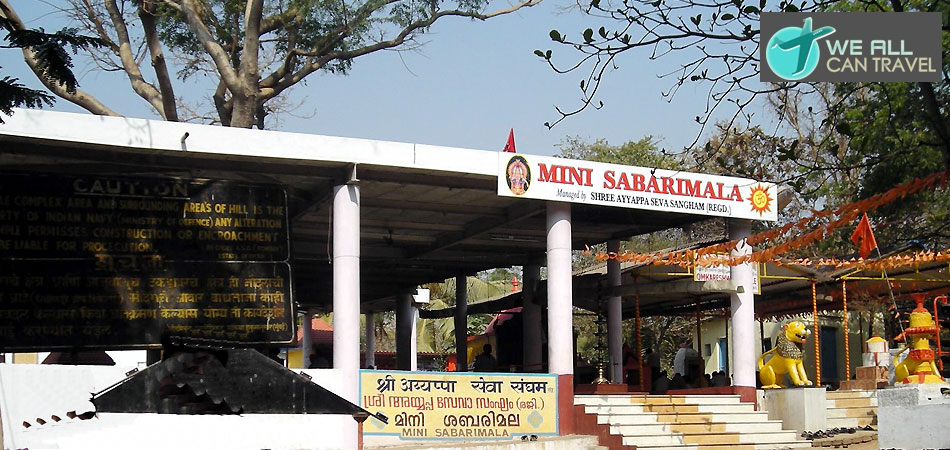 >> Mini Sabarimala Ayyappa Temple
>> Mini Sabarimala Ayyappa Temple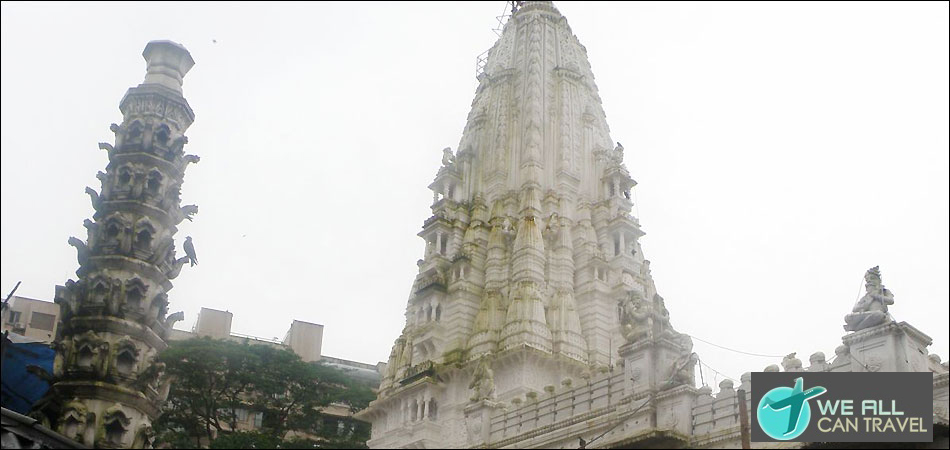 >> Babulnath Temple
>> Babulnath Temple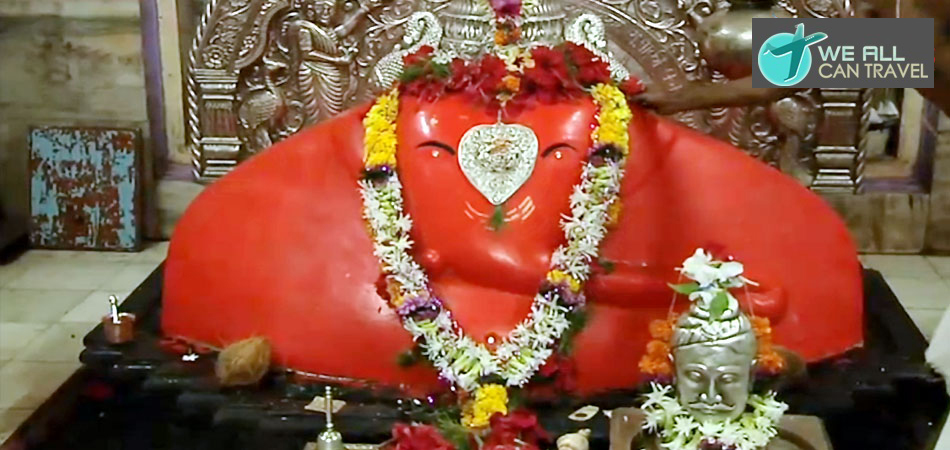 >> Ballaleshwar Ashtavinayak Temple
>> Ballaleshwar Ashtavinayak Temple